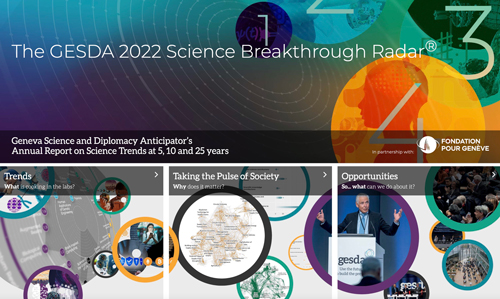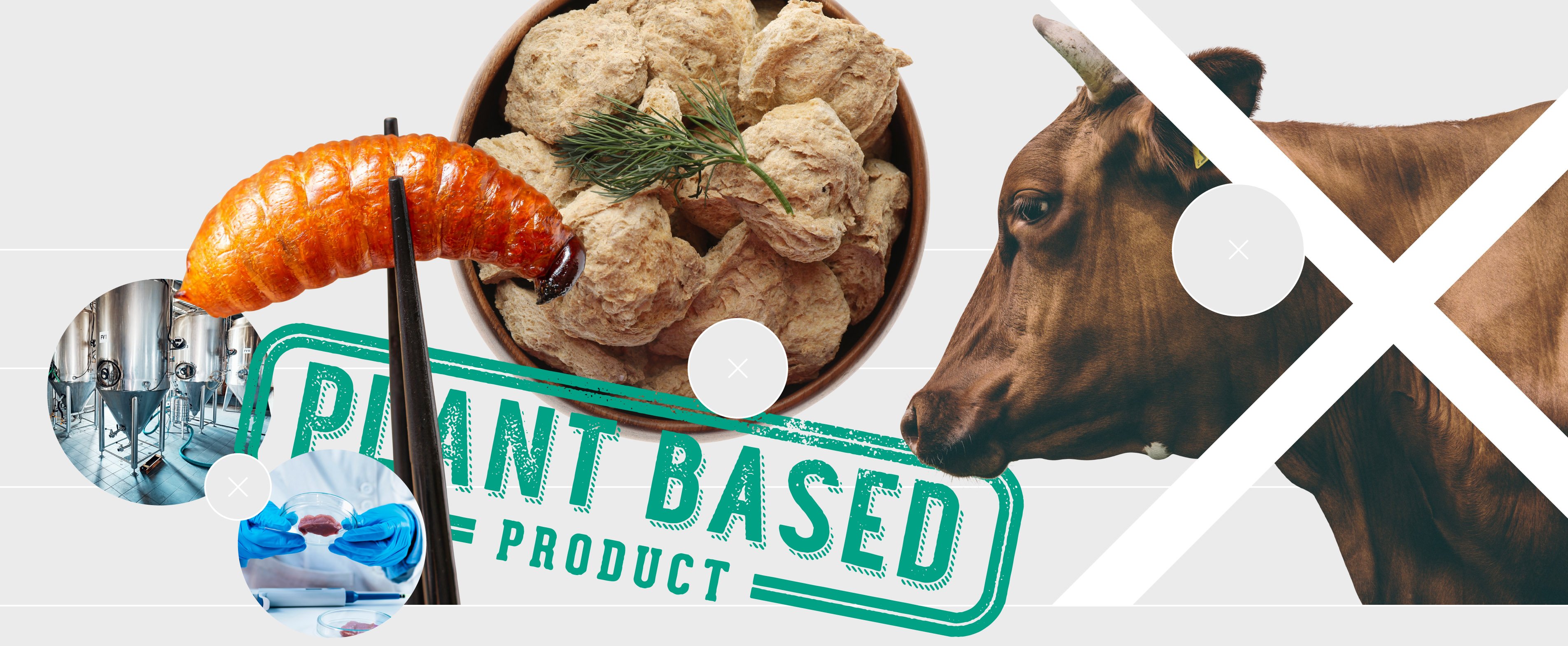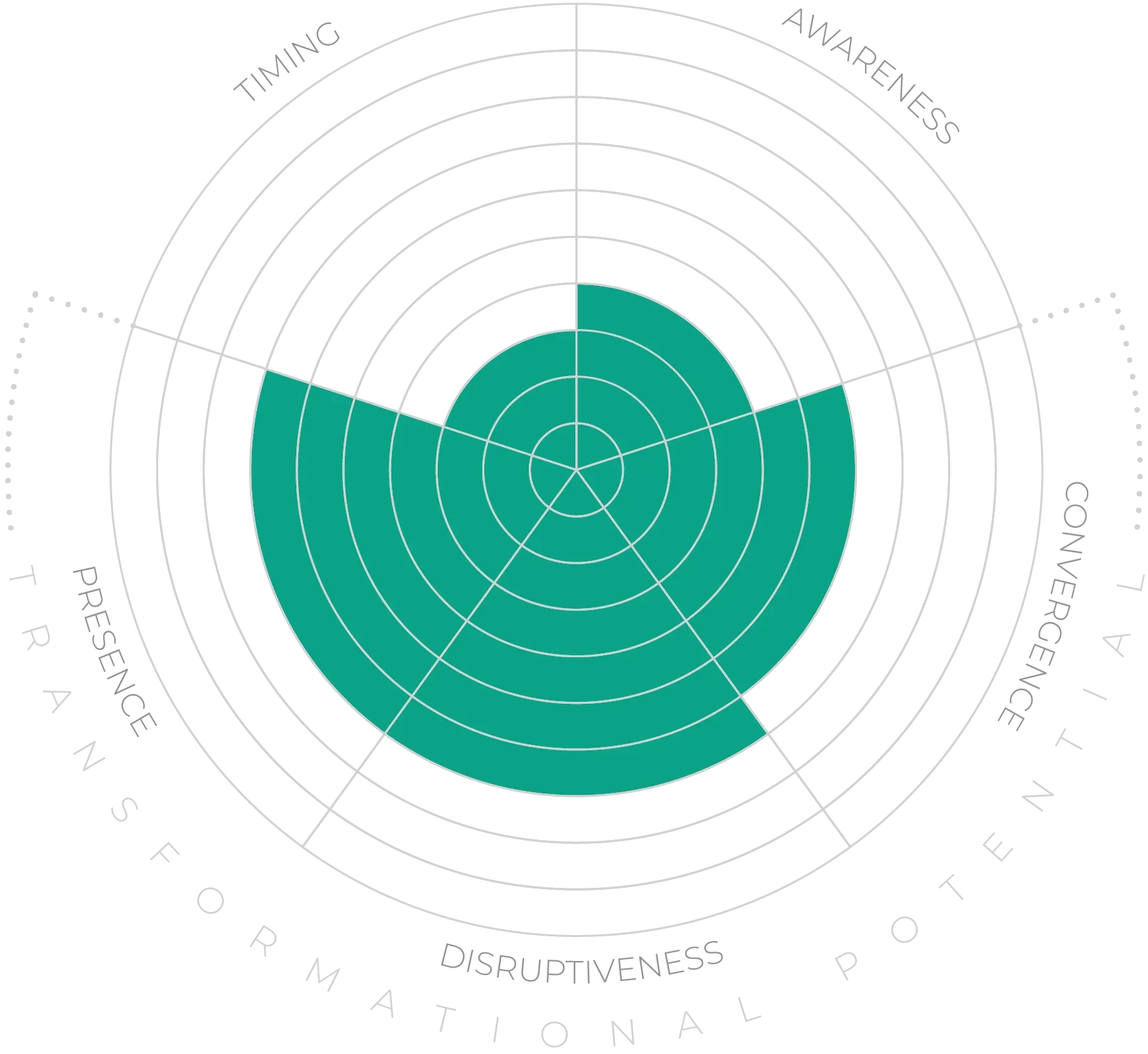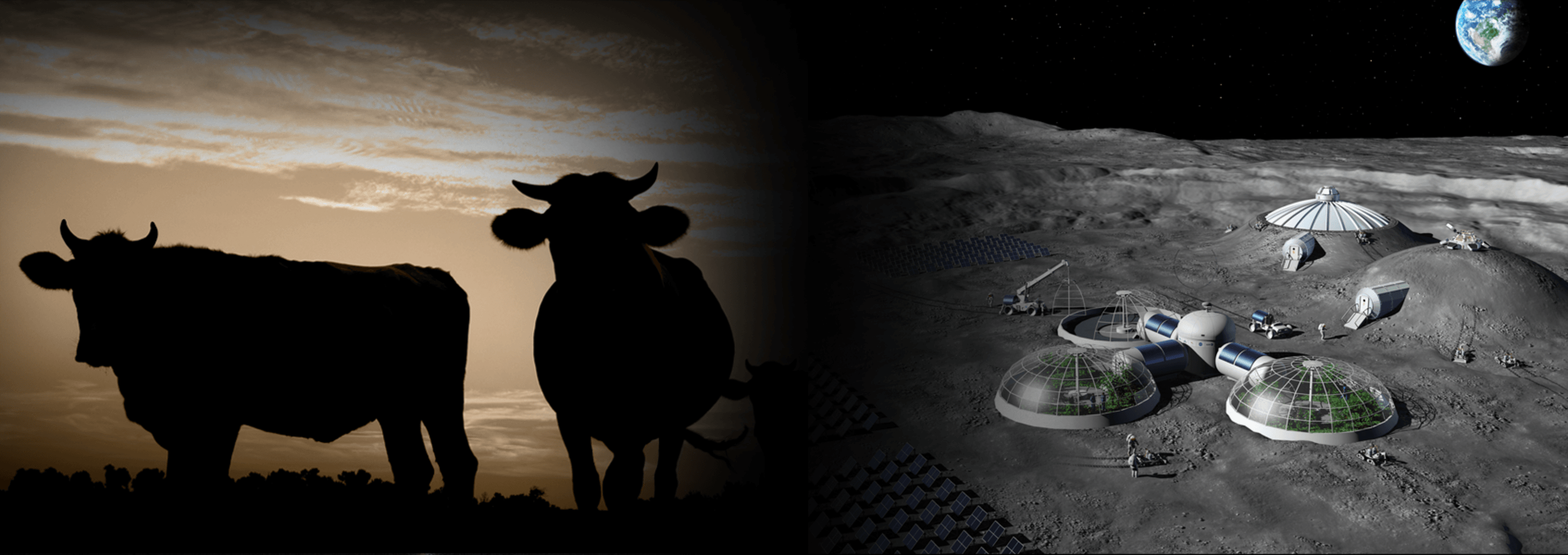These proteins come in many forms, with ingredients sourced from algae, plants (such as pulses, soy and pea), fungi (mycoprotein), insects (such as crickets), or cell-cultured meat typically designed to mimic chicken or beef. Plant-based options are currently the most accepted by consumers10, but there are other options — including proteins from outside the food chain. Cultured meat remains a young field, with relatively expensive products. However, ongoing investments, improvements and scale-up of the technology will create greater value and impact in the coming decades.
Concerns remain, however, that the organisations pioneering cultured meat may develop monopolies in the market.11 In addition, if cultured meat production were to scale up enormously, there are unanswered questions about unanticipated environmental impacts. For more established plant-based protein alternatives, the challenges of sustainable farming — minimising fertiliser and pesticide use, protecting soil — are better understood.







